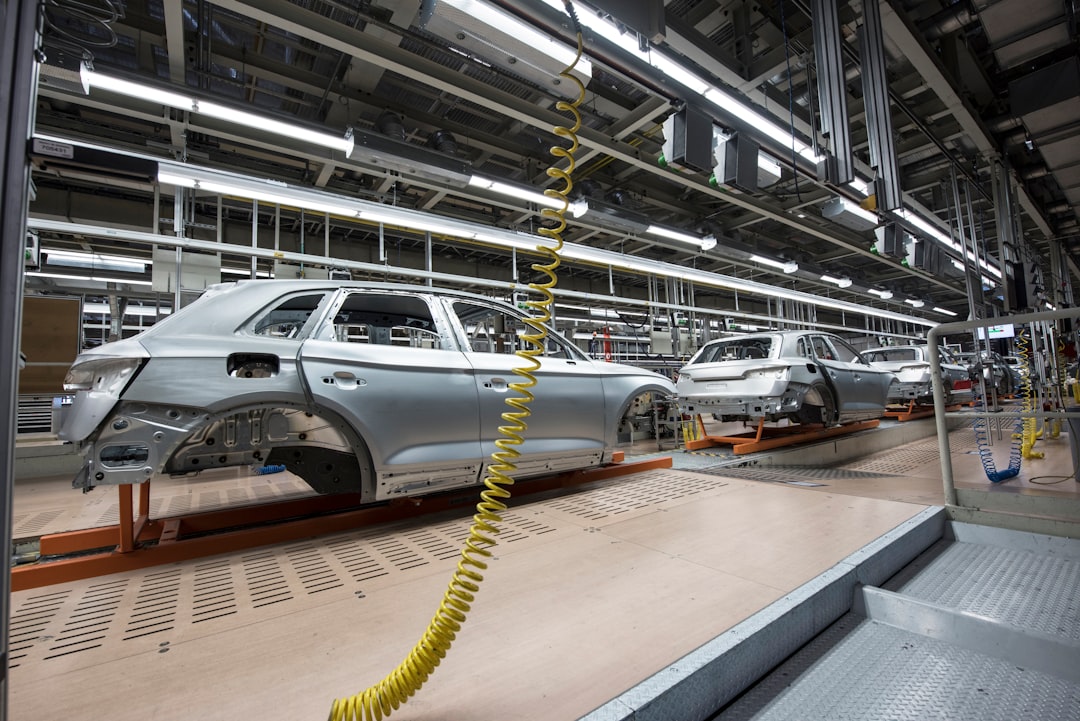In recent years, there has been a growing awareness of the environmental impact of packaging in the manufacturing industry. As consumers become more conscious of their environmental footprint, companies are being pressured to find sustainable packaging solutions that are both eco-friendly and cost-effective. The future of sustainable packaging in manufacturing looks promising, with many innovative strategies and technologies being developed to reduce waste and carbon emissions.
One of the most important trends in sustainable packaging is the shift towards biodegradable and compostable materials. Traditional packaging materials such as plastic and Styrofoam are non-biodegradable and can take hundreds of years to decompose in landfills. This not only contributes to the growing problem of plastic pollution in our oceans and waterways but also adds to the carbon footprint of the manufacturing industry. By using biodegradable materials such as plant-based plastics, paper, and cardboard, companies can reduce their impact on the environment and provide customers with more sustainable packaging options.
Another key trend in sustainable packaging is the use of recycled materials. Recycling has long been a practice in the manufacturing industry, but companies are now taking it a step further by incorporating recycled content into their packaging materials. By using recycled plastics, paper, and other materials, companies can reduce the demand for virgin resources and decrease the amount of waste that ends up in landfills. This not only helps to conserve natural resources but also reduces the carbon emissions associated with producing new packaging materials.
In addition to using biodegradable and recycled materials, companies are also exploring innovative technologies to improve the sustainability of their packaging. For example, some companies are investing in compostable packaging solutions that can be broken down into organic matter in commercial composting facilities. This not only eliminates the need for landfills but also helps to create nutrient-rich soil that can be used for agriculture. Other companies are exploring the use of 3D printing technology to create custom packaging solutions that are more efficient and use less material.
The future of sustainable packaging in manufacturing also includes advances in packaging design and logistics. Companies are increasingly looking for ways to reduce the amount of packaging they use while still protecting their products during transportation and storage. This includes the use of innovative design techniques such as collapsible packaging, which can reduce the space required for shipping and storage. Companies are also looking for ways to optimize their supply chains to reduce the carbon footprint of their packaging operations. This includes using more sustainable modes of transportation, such as electric vehicles and bicycles, and implementing efficient packaging strategies to minimize waste.
Overall, the future of sustainable packaging in manufacturing looks bright. Companies are increasingly recognizing the importance of reducing their environmental impact and are investing in innovative solutions to make their packaging more eco-friendly. By using biodegradable and recycled materials, exploring new technologies, and optimizing their supply chains, companies can help to create a more sustainable future for the manufacturing industry. With continued innovation and collaboration, we can work towards a world where packaging is not only functional and cost-effective but also environmentally friendly and socially responsible.

